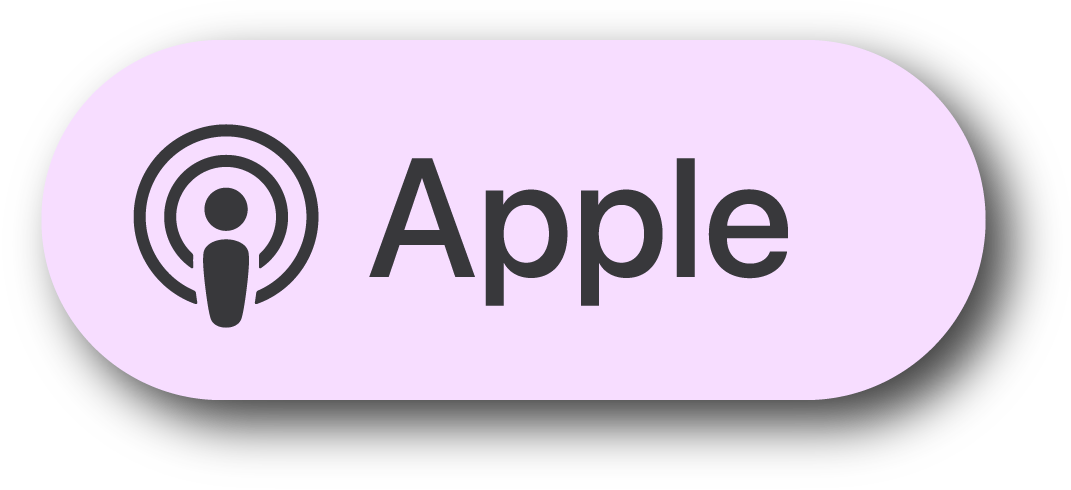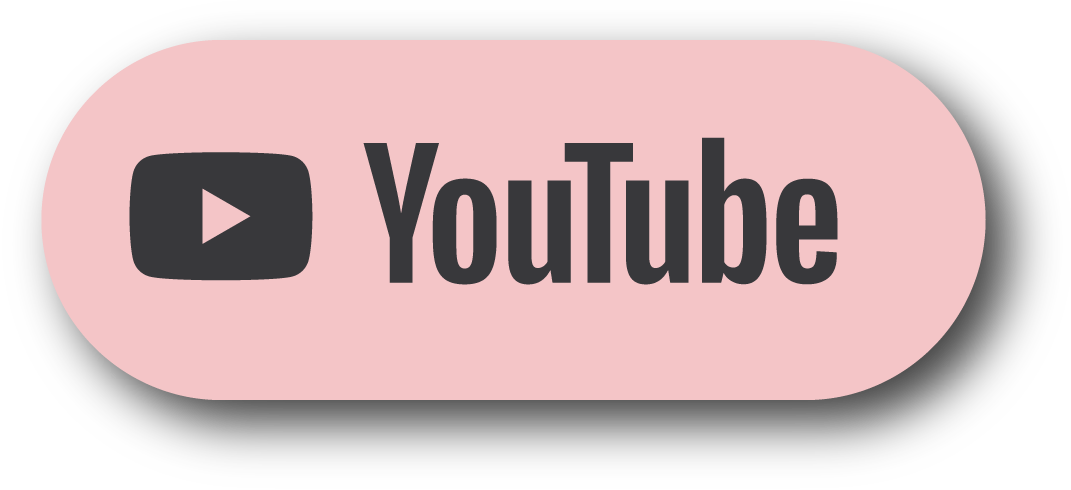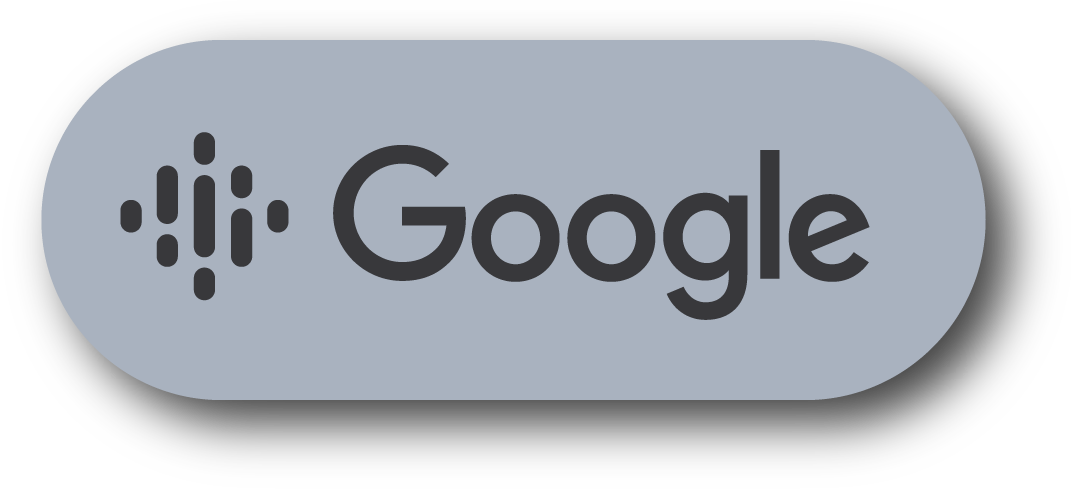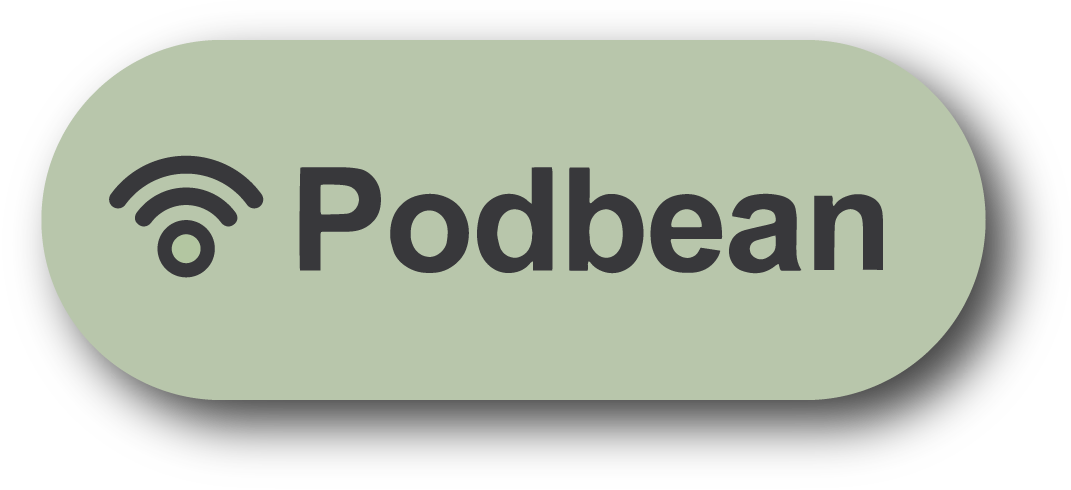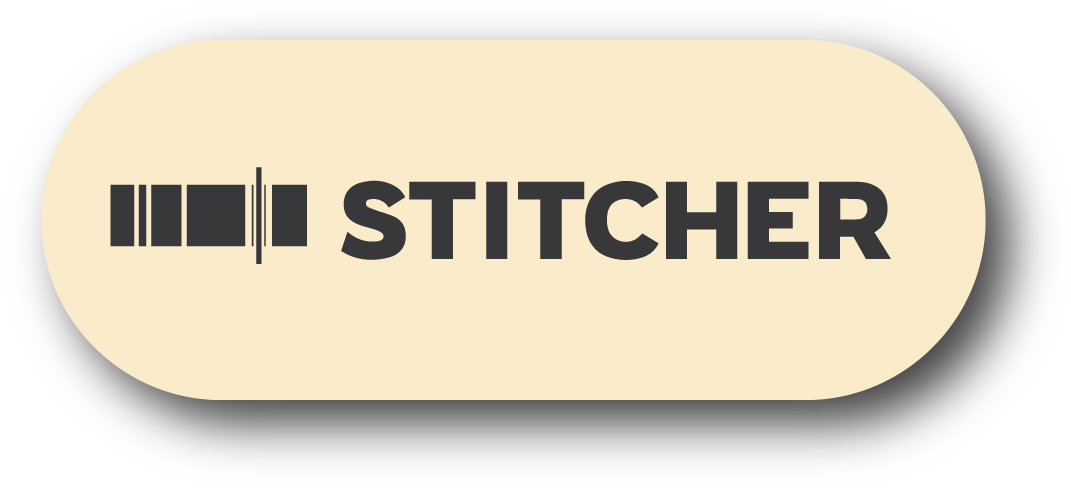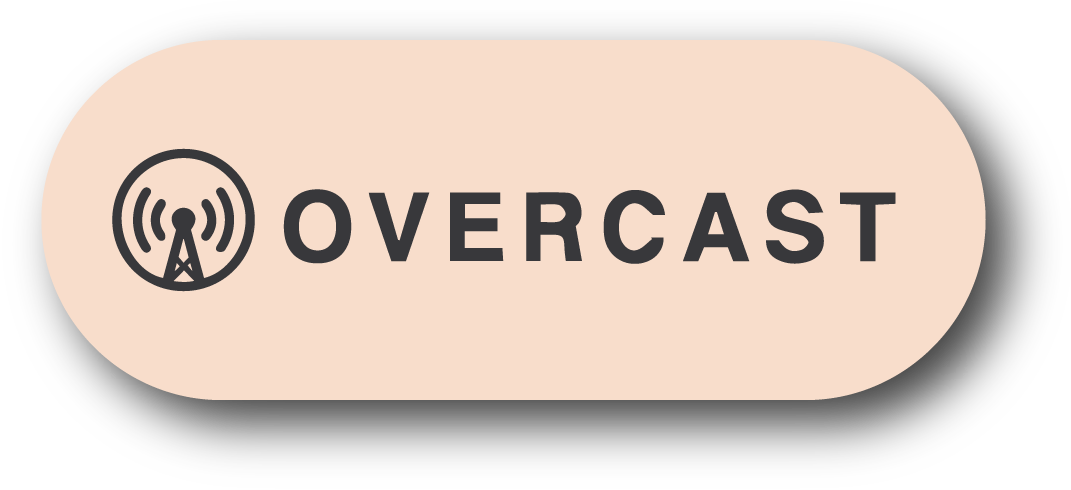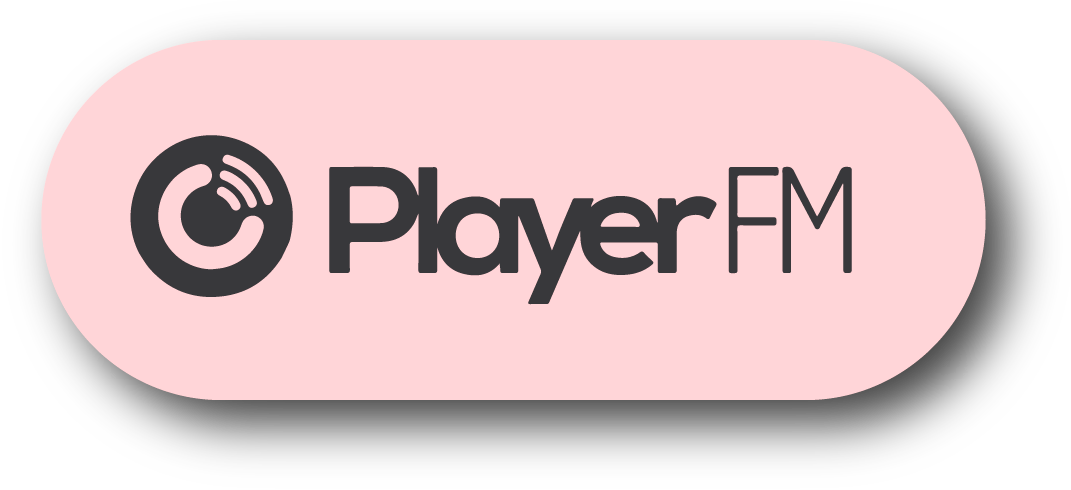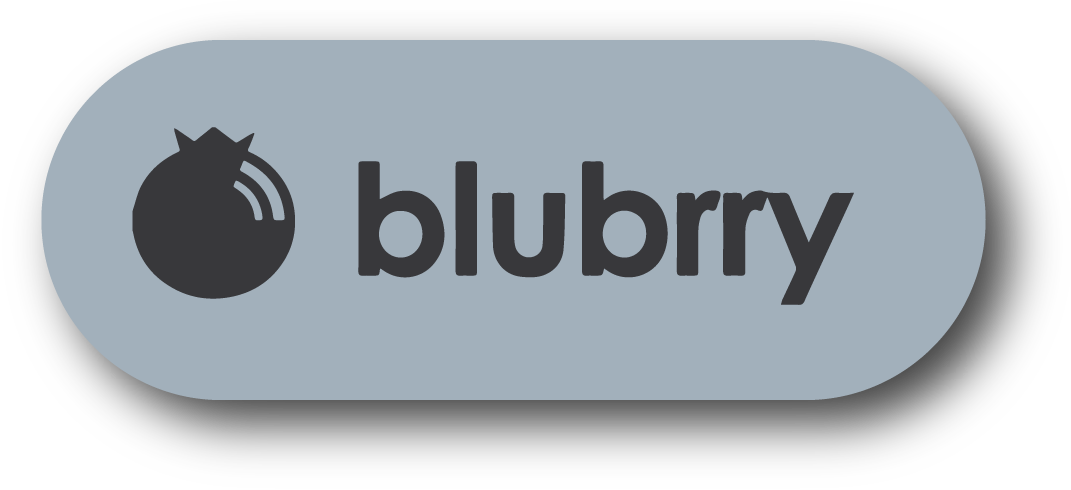#214 - DECIPHERING THE ARCHITECTURAL DESIGN “PROCESS”
SUMMARY
TIPS FOR DESIGNERS
This week David and Marina discuss the design process. The two discuss researching, intuition, six different ways to test if an ‘in-progress design’ is good and how it can be bettered (different mediums test, abstraction test, architectural criteria test, development test, conceptual sequence test, and excitement test), why a consistent step-by-step process is problematic, how the design process if viewed differently by designers and non-designers (clients), solving designer’s block, and more.
TIMESTAMPS
(05:30) Understanding design as problem solving.
(07:00) Starting the design process with research. When designers and clients confuse the ‘what’ and the ‘why’ in the design.
(14:15) The research part of the design process is in some way a stand alone portion. That’s true, but internally as a designer you can’t think that way. […] We have the tendency to think that design is the act of drawings and creative something […] We also tend to think that drawing and creating is the creative portion of the process, the conceptual portion and we limit those words (creative and conceptual) to that area when we are drawing and modeling things. That’s false. The research portion is just as creative and conceptual if you do it correctly.
(18:08) Using intuition during the design process. Visiting the project site.
(24:47) Why the design process should have a clear direction.
(27:11) Why following a step-by-step design process can be problematic for the designer and the design. How the design process is viewed differently by the client versus the designer.
(28:23) [With] a prescriptive approach to design that is used it over and over again, there’s a tendency to only think and problem-solve for the step you are in. So if I’m in the bubble diagram step, I’m only going to have the bubble diagram mindset. […] So at each step you’re locking yourself in creatively to just one thing, one sliver of understanding of the project. That’s problematic because what you should be doing throughout the entire process is being open to all of the possibilities and all the different ways of understand the design.
(37:15) Using different ‘tests’ to understand if your in-progress design is good and how to move forward when you are stuck.
1. The ‘different mediums test’: Testing your design through different medias like drawings, modeling, analogue methods, digital methods, writing, talking, thinking, etc.. (40:23)
We each have our own medium that we like to use or are better at like sketching, writing, or modeling. And it’s easy to start with the ones we are better at because we are more comfortable and we tend to feel good about it more quickly, but there is a pretty big array of tools to use. […] You can have a favorite medium, but you should use them all because there’s a tendency to deny some of them or deliberately not use some of them to make sure that the ideas that you want to be validated, are. Which in that case, the design process becomes corrupted because you’re not testing objectively. You’re testing with an end-goal that you’ve already set. (41:15)
2. The ‘abstraction test’: Testing your design by making it more or less abstract. (47:41)
3. The ‘architectural criteria test’: Testing your design through the different main criteria of successful architecture—Relationship to Site, Program, Relationship to Local Culture and People, Technical Integrity, Sustainability, and Beauty. (49:26)
(50:55) Storytelling, hierarchy and why trying to satisfy all of the six criteria during the design process can be a problem.
(47:48) From the perspective of a critic, when a project is done, you can critique a project that way (using the six criteria), the same way that you’d rate a movie in a sense. But in terms of process, it’s very dangerous to think of a project in that way and to try and design a project in that way. [because] These six categories are totally indifferent to the story that is your design.
(59:44) Not rejecting ideas too early.
4. The ‘development test’: Testing your design by suspending disbelief and developing it, even when you know it has problems, and going backwards to go forwards. (01:02:27)
5. The ‘conceptual sequence test’: Developing a series of why statements to determine the core question of the project and the solution. (01:13:50)
(01:14:09) Design is problem solving, but really it’s searching for the true problem you’re dealing with… finding the real question. When you find that question, the solution comes with it. The focus is on questions, not on solutions. When we focus on solutions then tend to be baseless and boring. When we focus on the questions, it can sometimes feel like a waste of time, but when you ask the right question the solution is there with it.
(01:23:45) What is a concept?
6. The ‘excitement test’: Testing your design by asking yourself it yourself excited by and it if you are learning from it. (01:25:54)
The final building has to be something that you, yourself, are learning from when you look at it. It has to make you question. If you produce the thing and it’s not making you question and you don’t feel like you’re actively learning from it, then you probably didn’t push hard enough.
(01:30:14) Conclusion and answering a question from a listener regarding concepts, design statements, and parti diagram.
